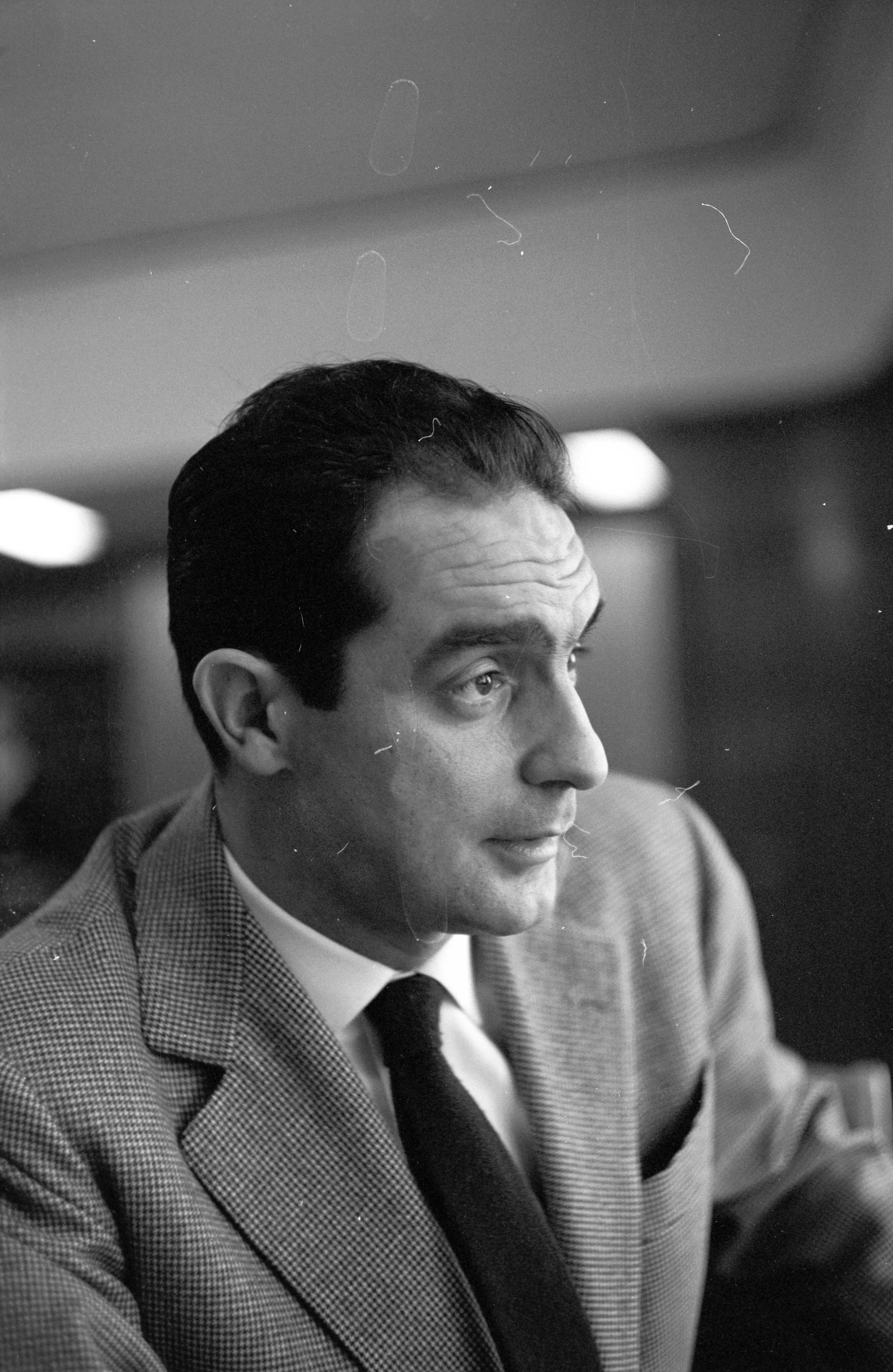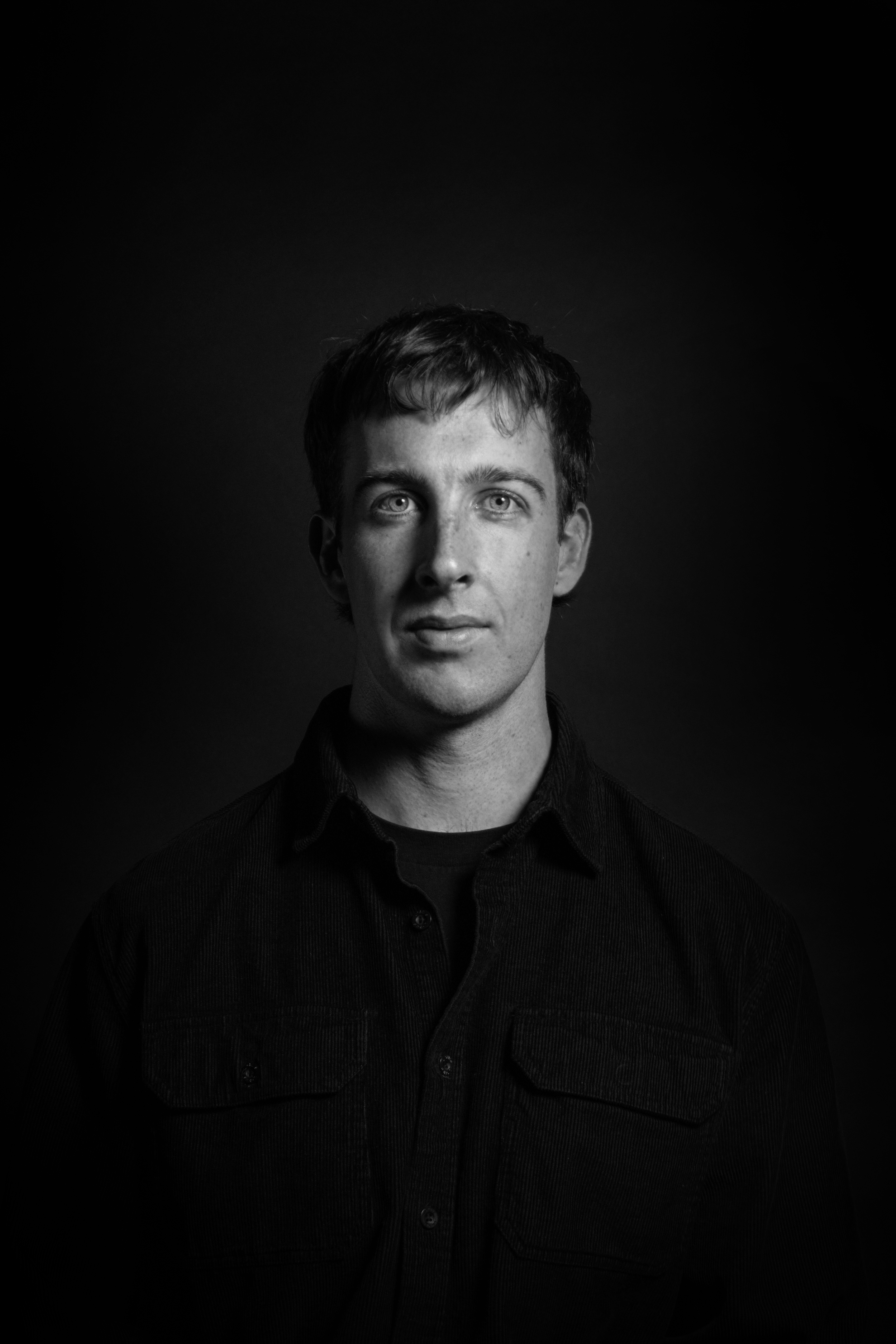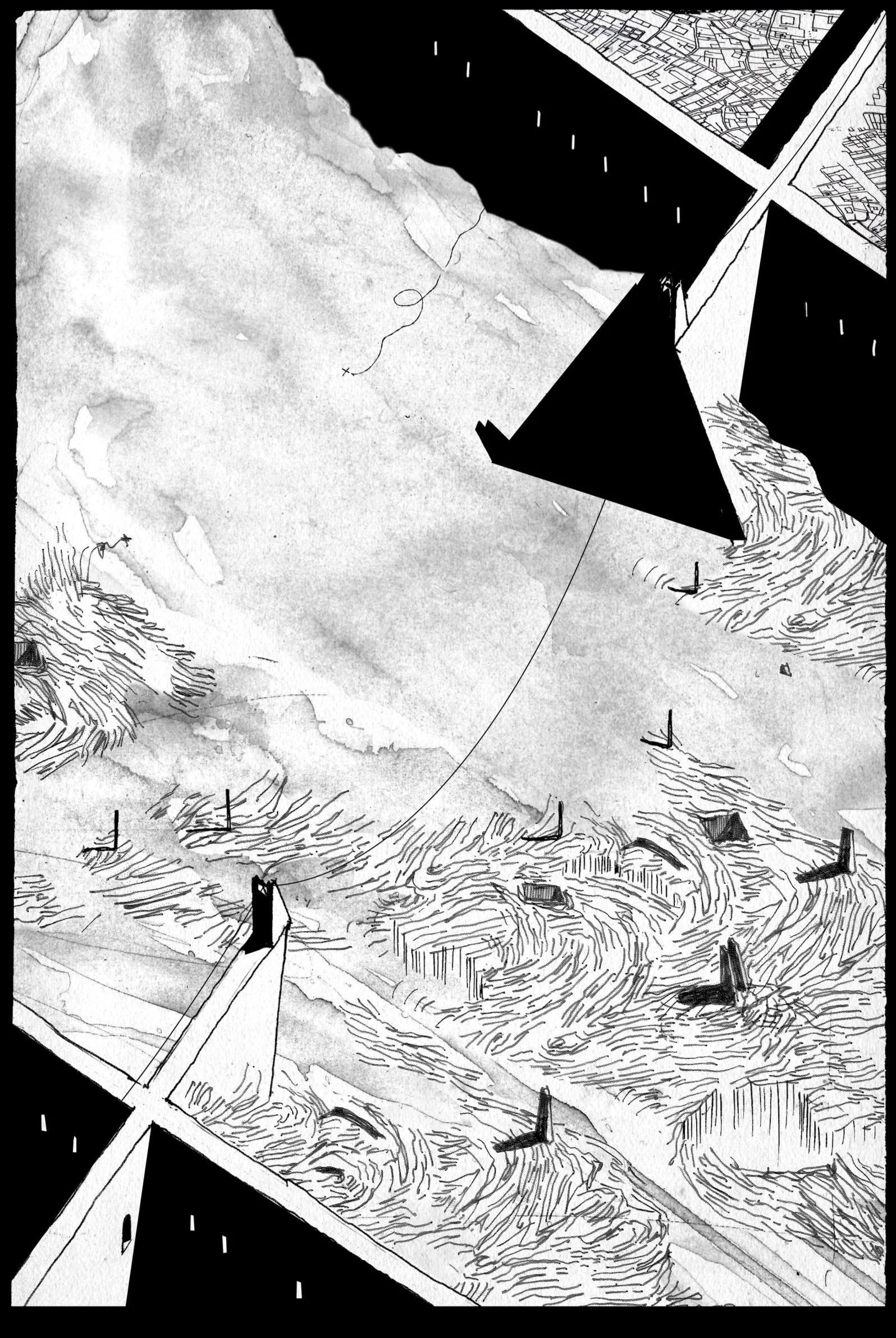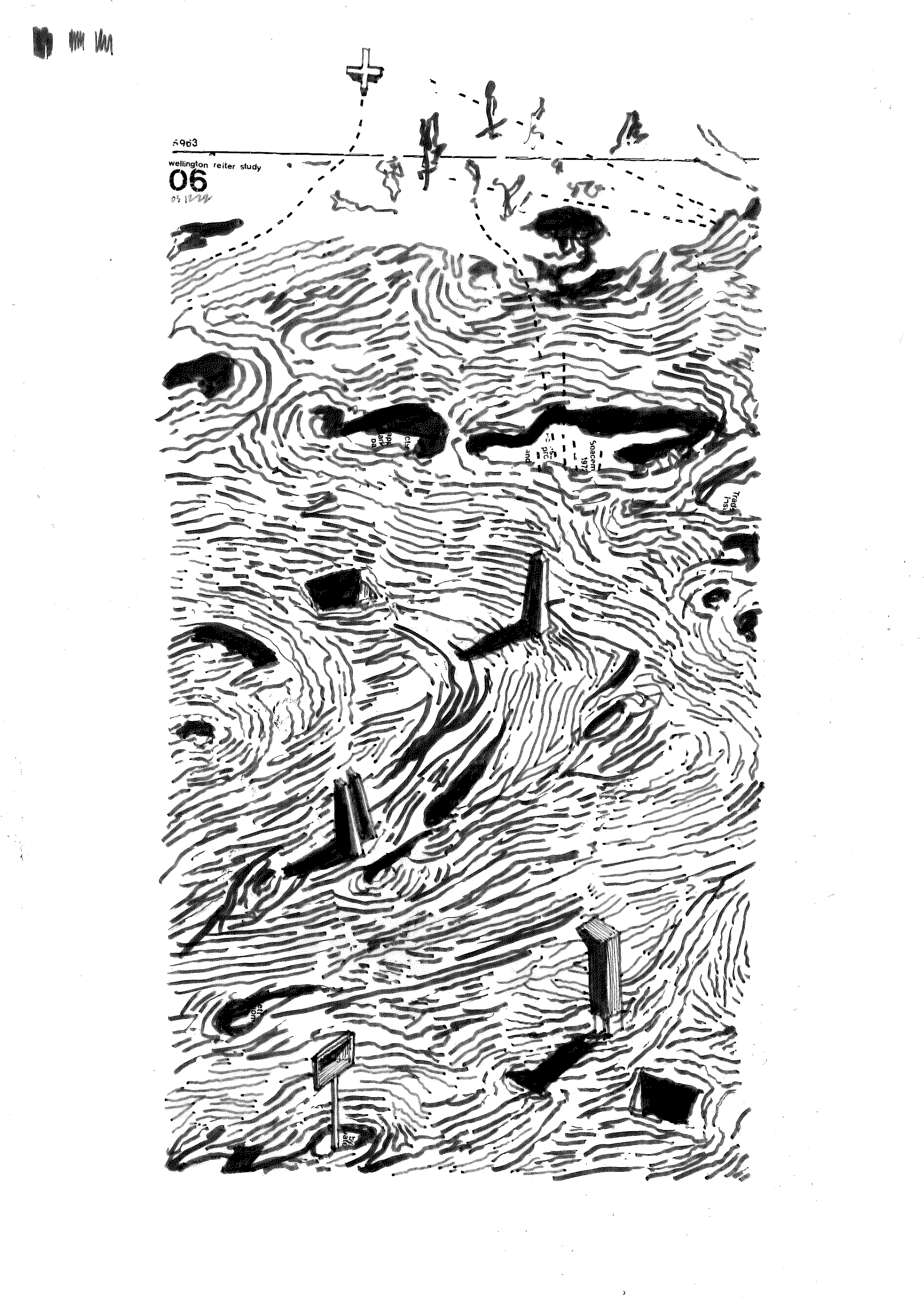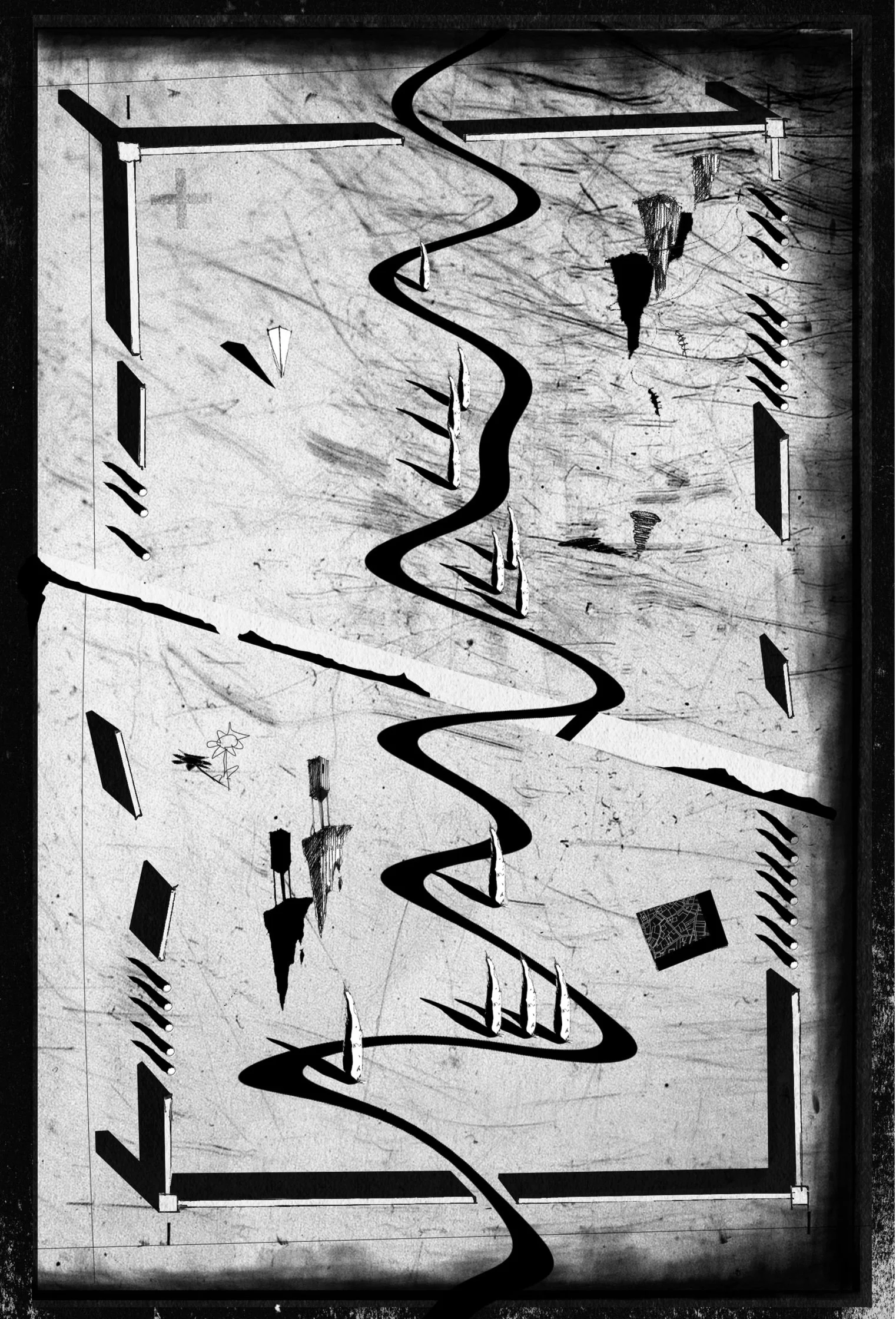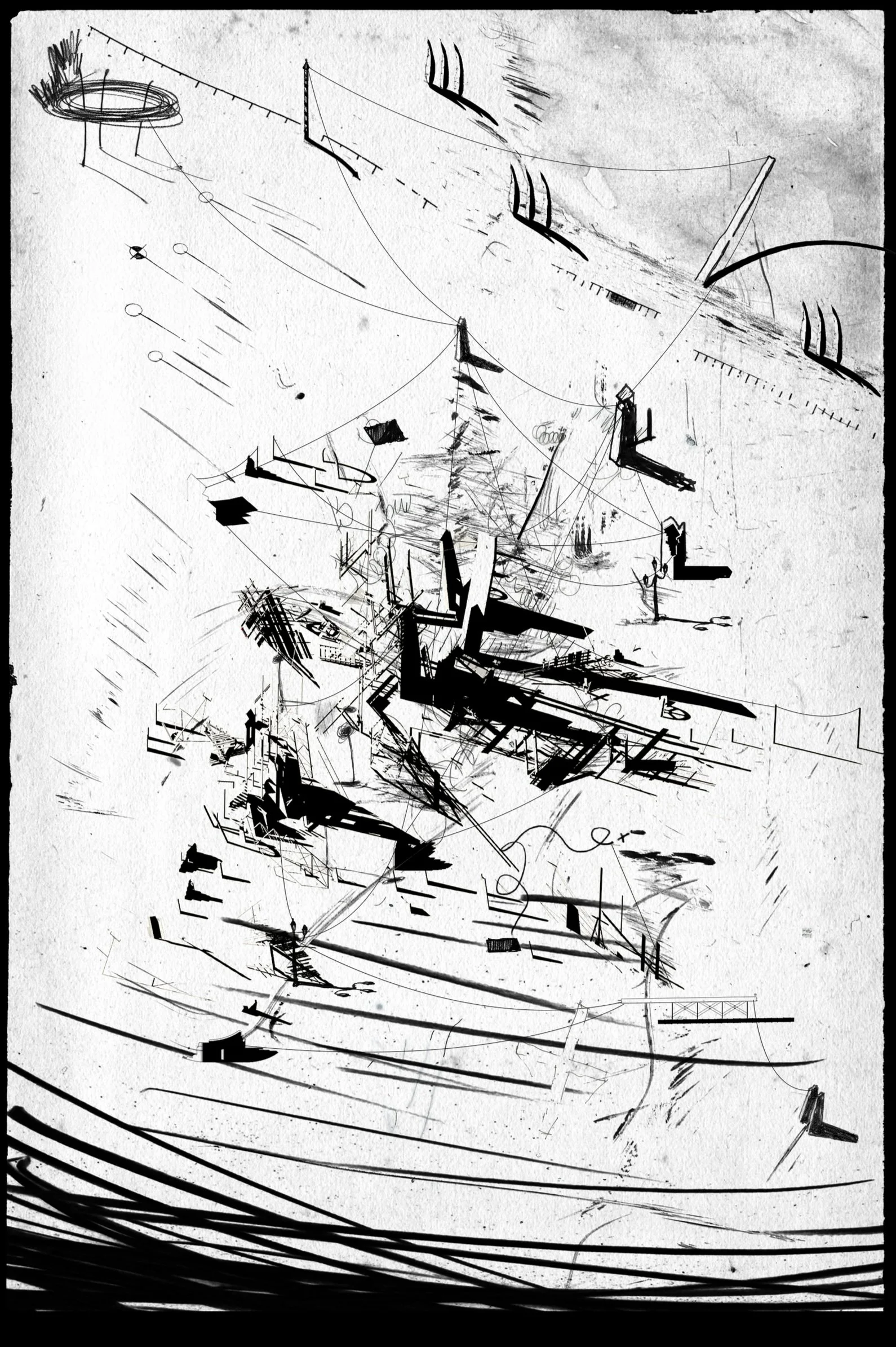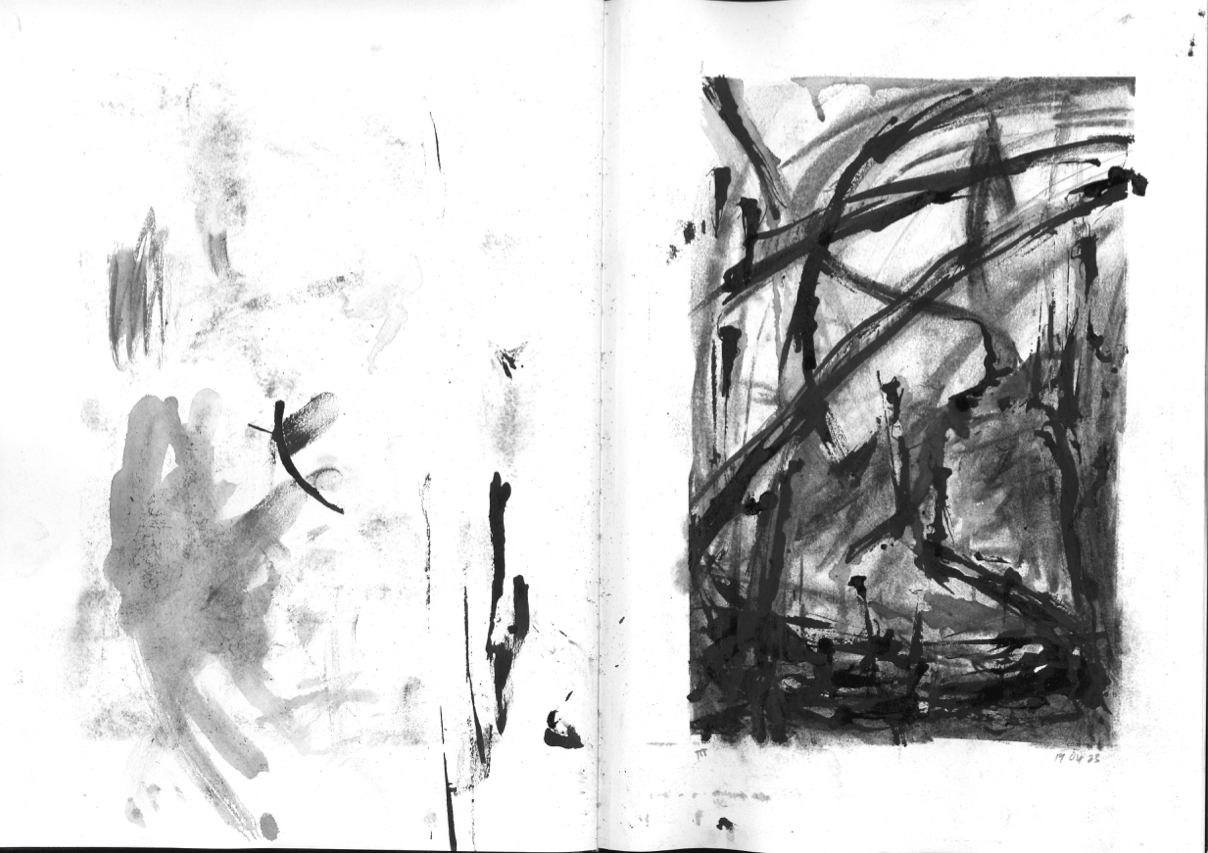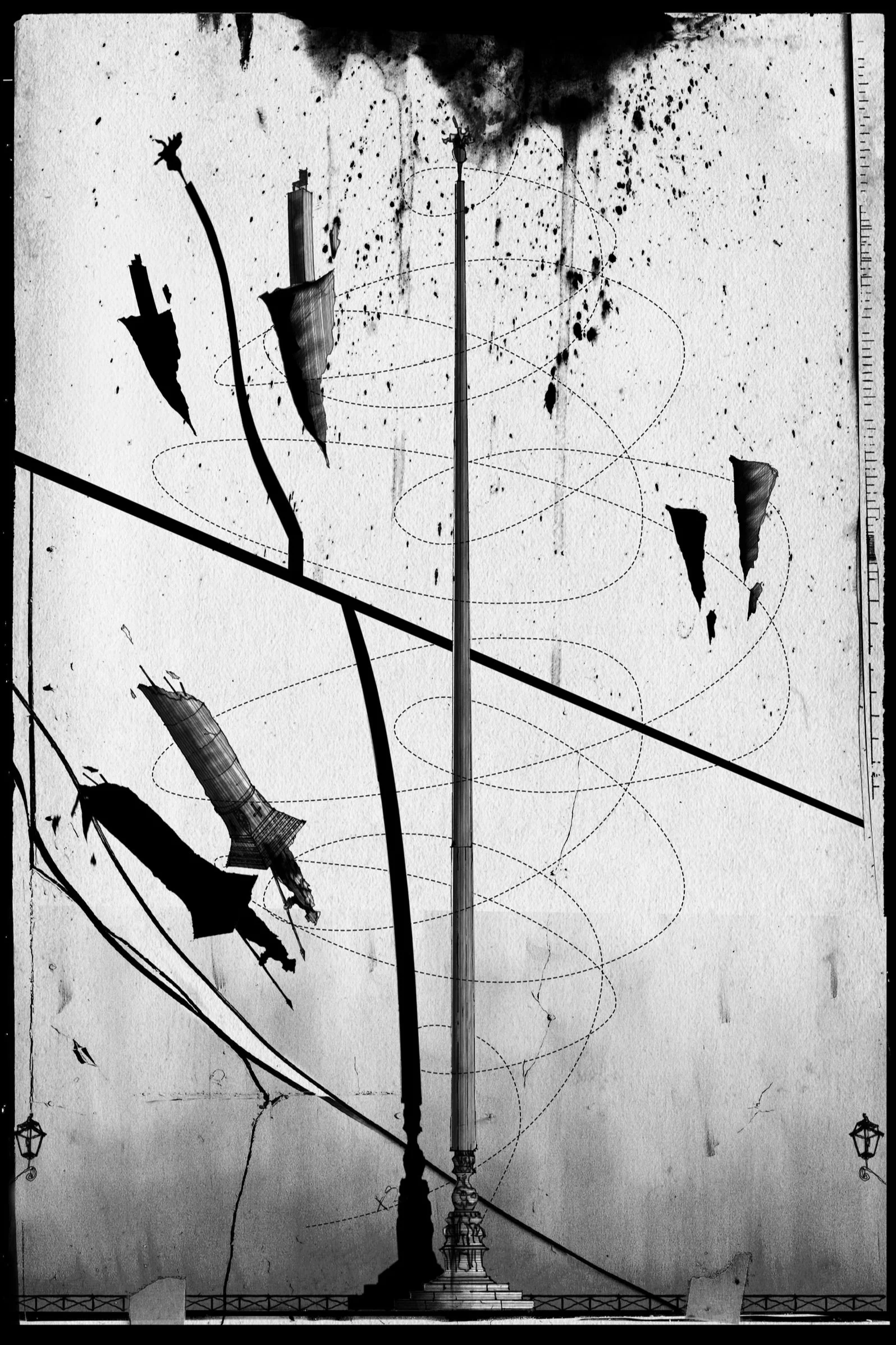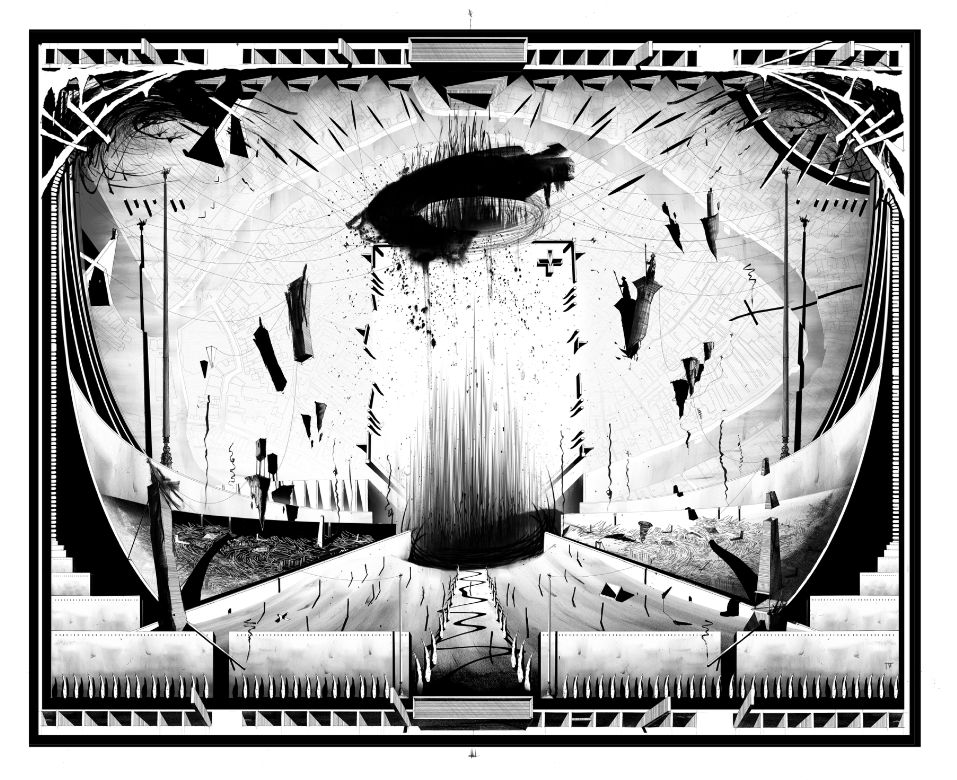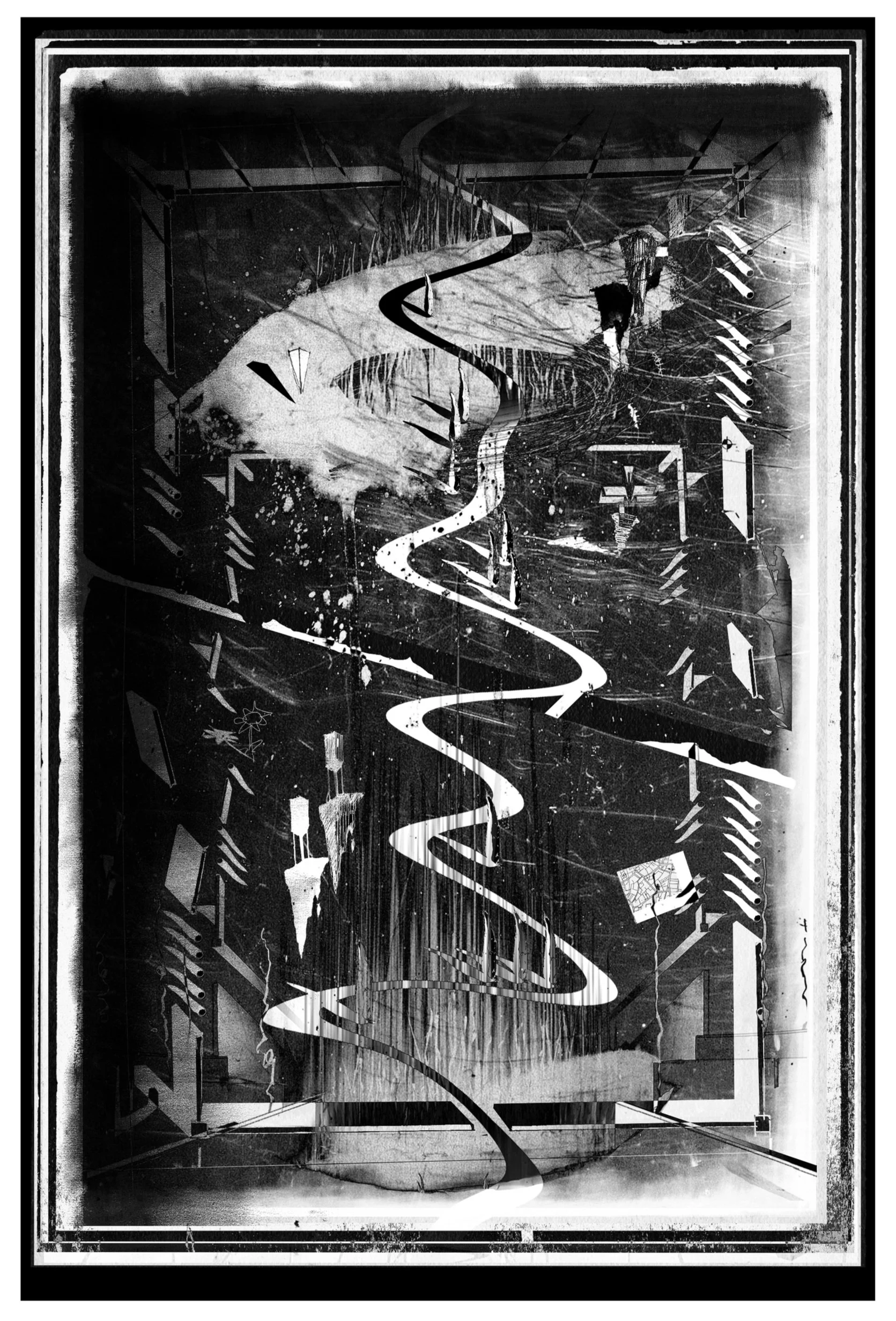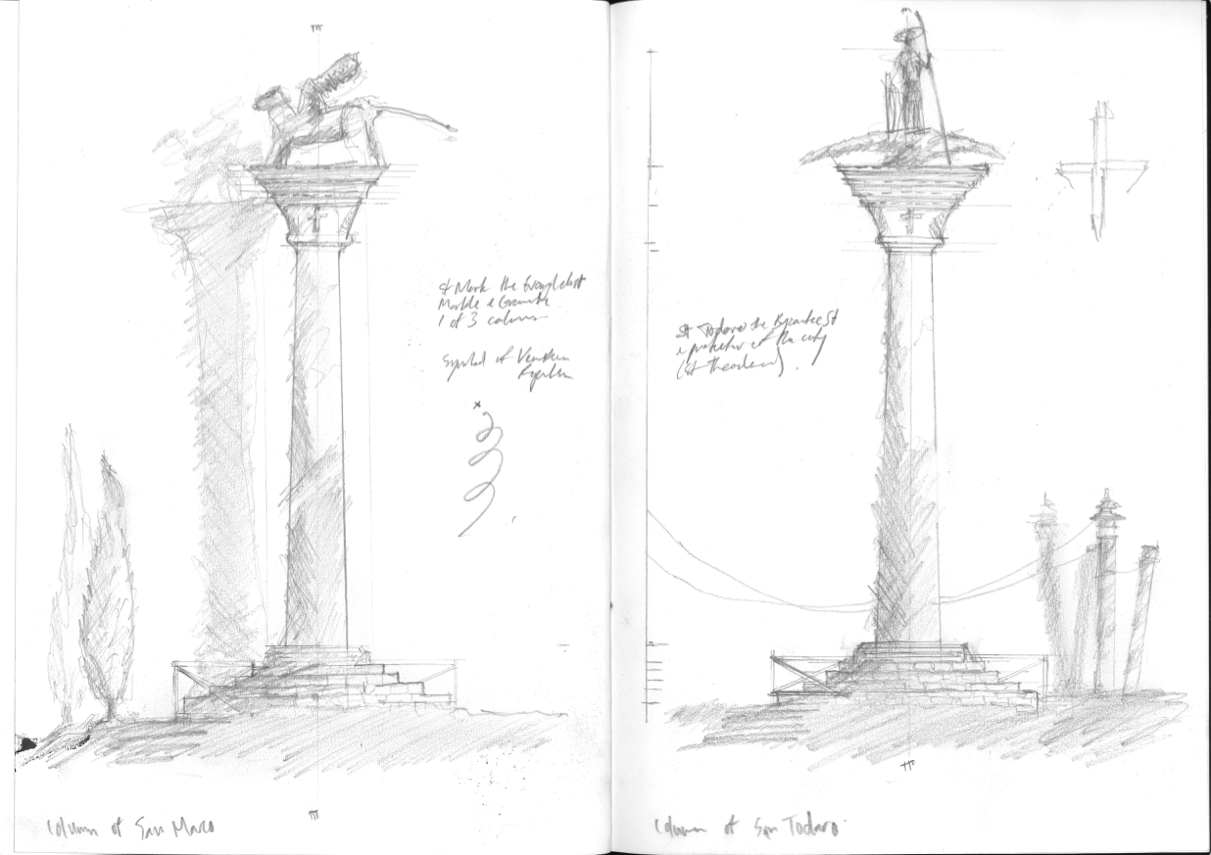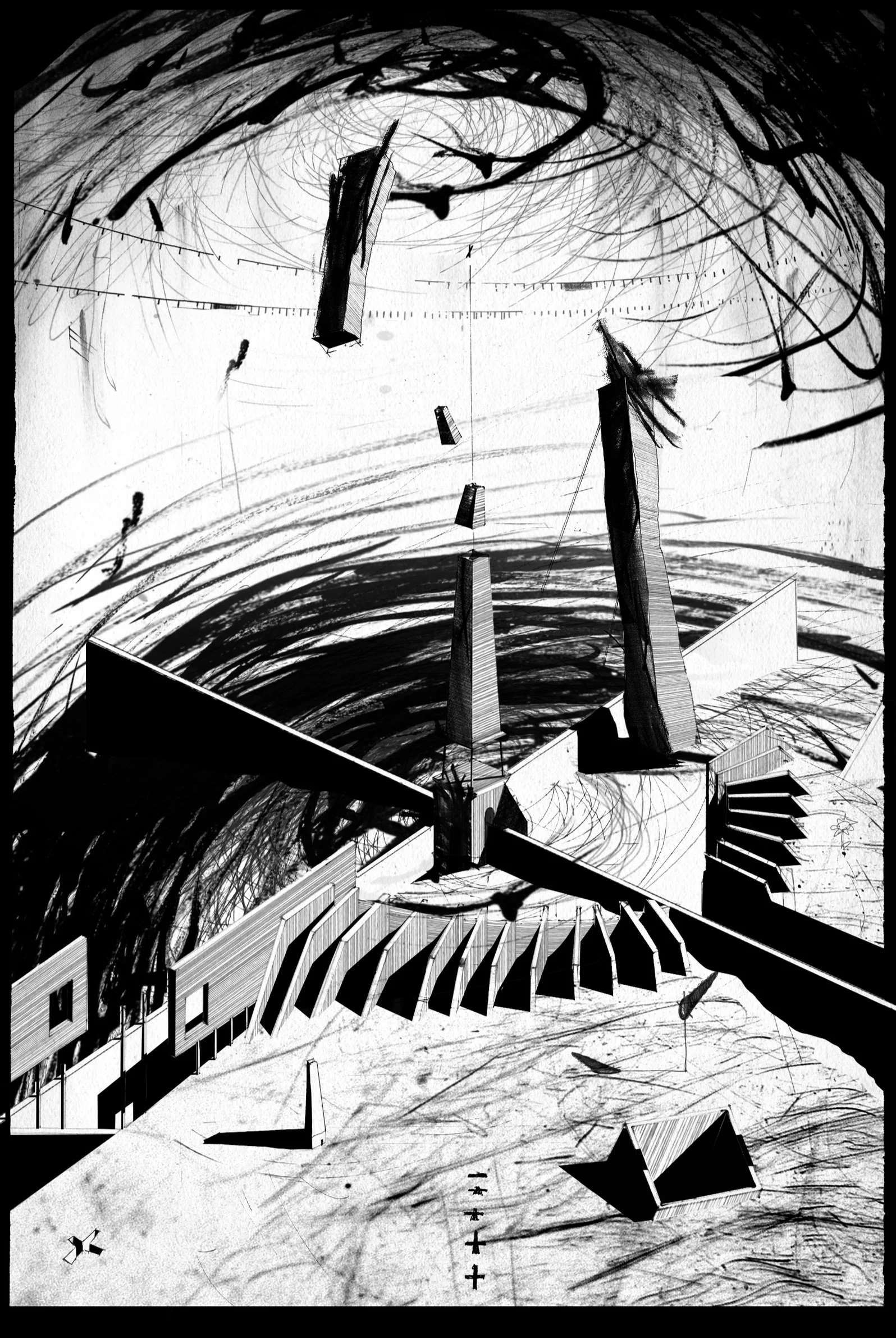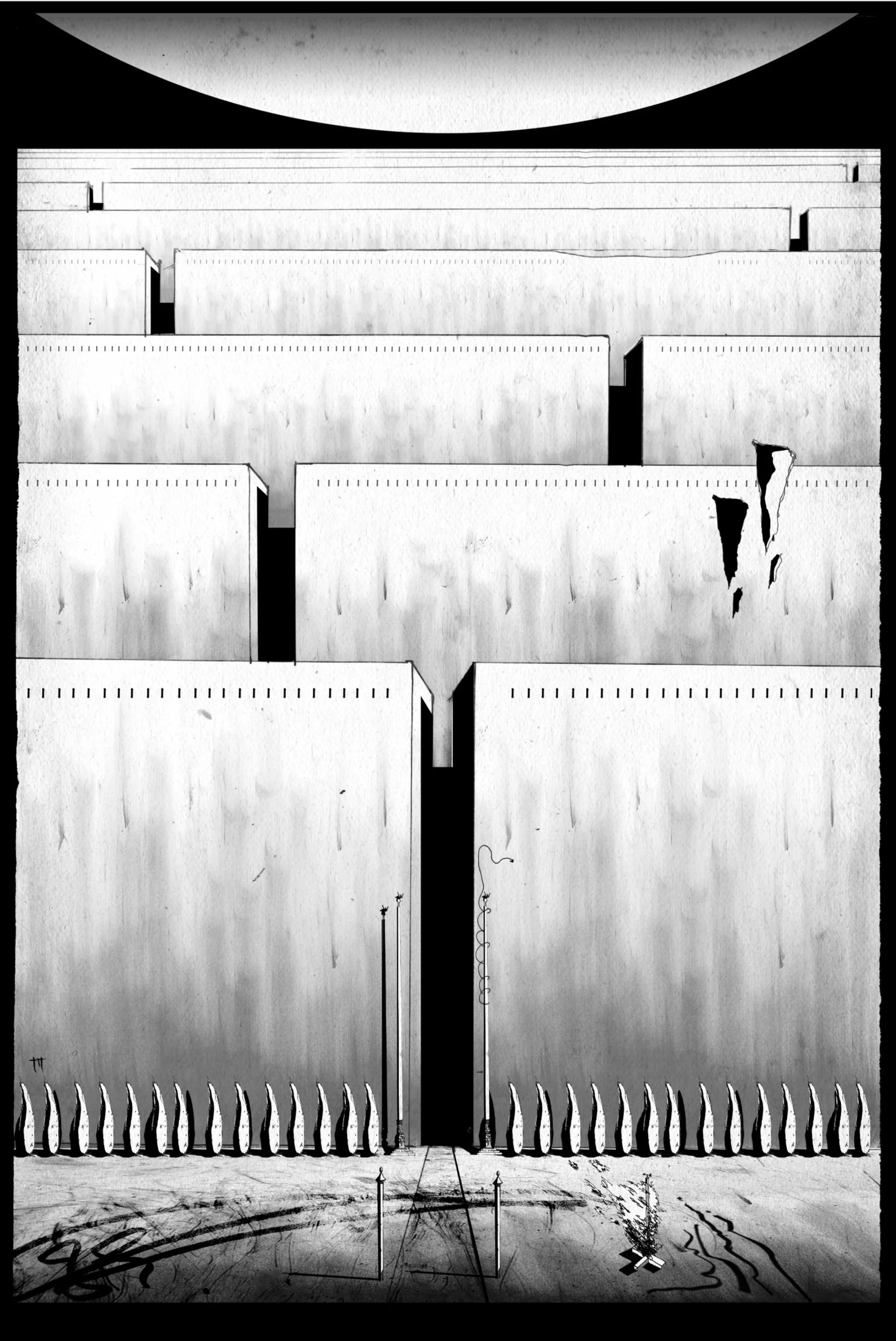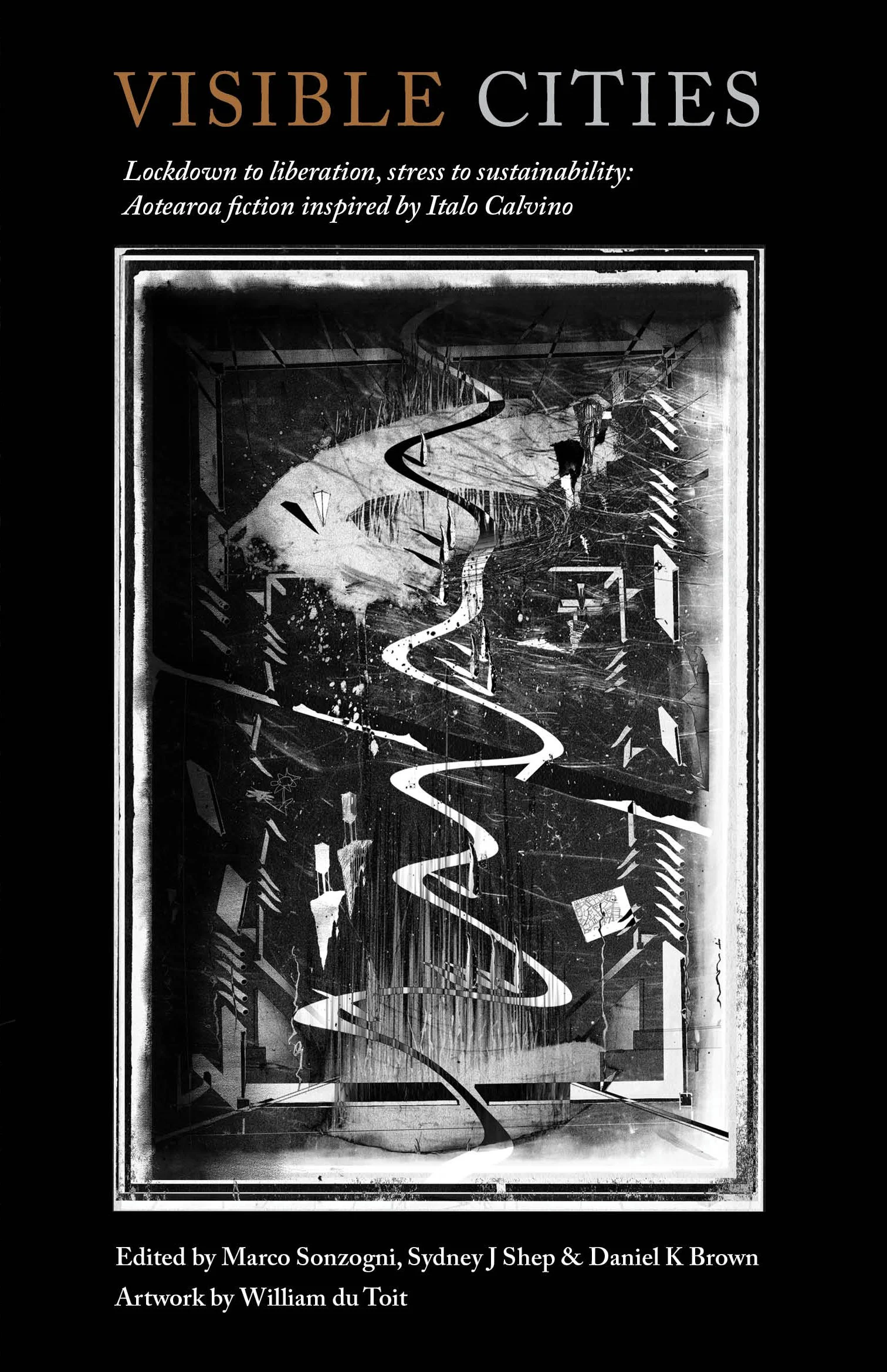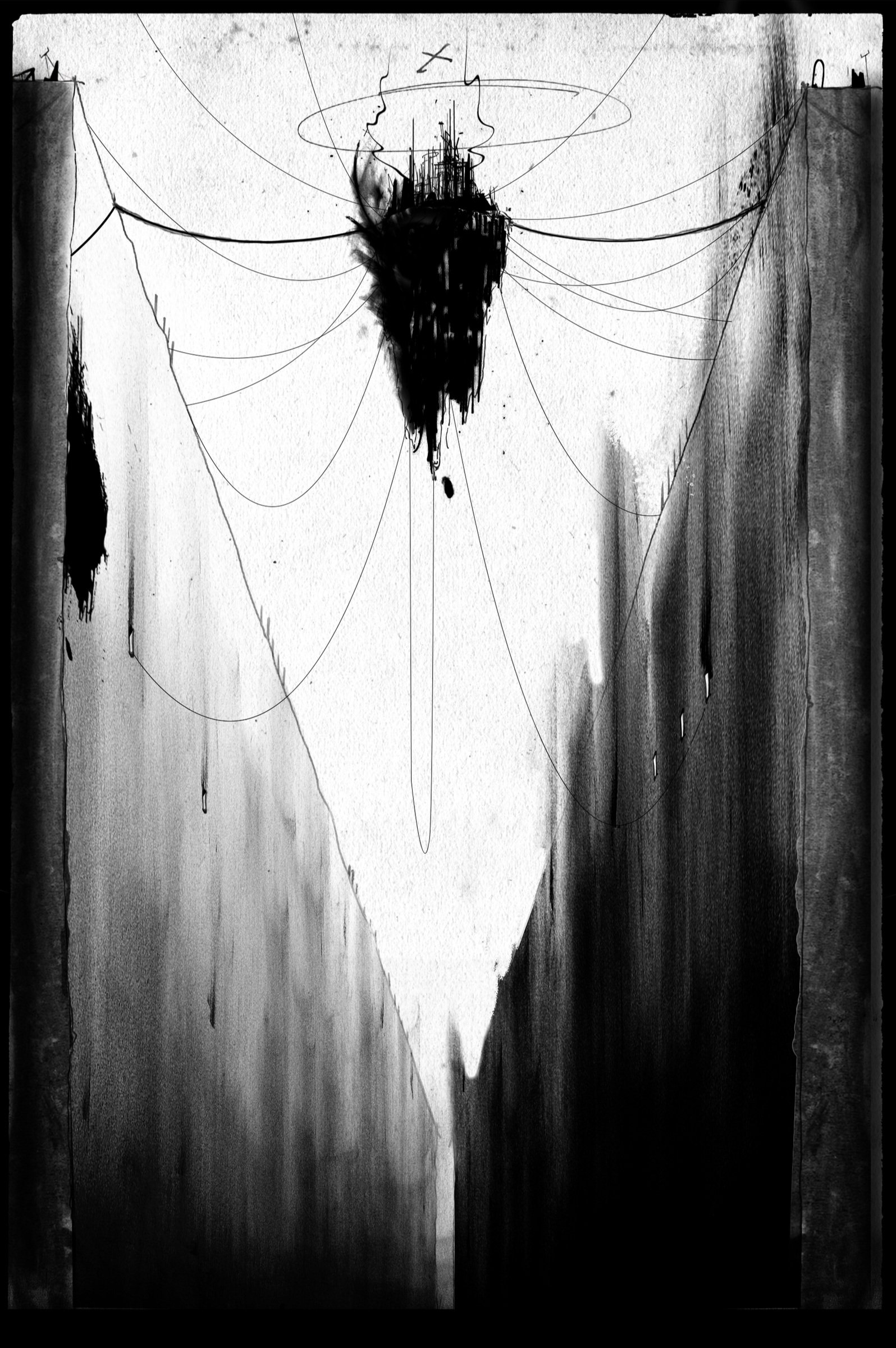
INVISIBLE CITIES
“Italo-Calvino-i-Oslo 07-04-1961 by Johan Brun is licensed under CC BY-SA 4.0.
“Joyce sets out with every intention of constructing a systematic and encyclopaedic work that can be interpreted on various levels according to medieval exegetics (drawing up tables of the correspondences of the various chapters of Ulysses with the parts of the human body, the arts, colours, and symbols), though what he achieves above all, chapter by chapter in Ulysses, is an encyclopaedia of styles…”
Italo Calvino on James Joyce’s Ulysses
“And yet, all these pages put together did not make a book: for a book (I think) is something which has a beginning and an end (even if it’s not a novel, in the strict sense of the word). It is a space which the reader must enter, wander round, maybe lose his way in, and then eventually find an exit, or perhaps even several exits, or maybe a way of breaking out on his own…”
Italo Calvino on Italo Calvino’s Invisible Cities
“As Italo Calvino’s Invisible Cities (1972) makes abundantly clear, all storytellers resemble the Venetian explorer Marco Polo (1254-1324) recounting his far-flung adventures to the fifth Khagan of the Mogul Empire, Kublai Khan (1215-94). All readers constantly reweave their own synchronistic narratives – a second independent strand of thought, running alongside the first, reflecting, interacting, and continually vying for dominance.
Howard Davis on Italo Calvino’s Invisible Cities
A N I N T E R V I E W W I T H T H E A R T I S T
William du Toit
Beginning with formal education in architecture, William’s practice stems from a foundation of orthographic drawing and techniques. These drawings act as communicating vessels: exploring relationships within space, depicting abstract environments, and capturing stories through a dance of layering and obscurity. They are a cathartic exercise focused on process rather than result—embracing imperfections and mistakes along the way.
William’s has been previously exhibited at The Sir John Soane Museum in London, as well as Te Pātaka Toi Adam Art Gallery and The New Zealand Academy of Fine Arts both in Wellington. Now based in historic Arrowtown, the contrast between the dramatic alpine landscape and gold mining artifacts is a constant source of inspiration. His focus has now turned to exploring these relationships through intagilo monoprinting.
ED: Hey William, thank you for meeting with me! I was curious about what your introduction was to Italo Calvino’s Invisible Cities, and how you found that source material as an artist.
WDT: It was very intense. There are fifty-five individual chapters about two pages long. I consider myself well-read, but I could only read one at a time. Then I'd have to have a break and start again the next night. Calvino writes in sentences that can be up to four or five lines long. My fatigue was growing and I had to read things a lot - that was confronting. I did really like the size of the chapters - it was quite digestible in short periods. And beautiful language.
Cities and Memory
“The city, however, does not tell its past, but contains it like the lines of a hand, written in...the antennae of the lightning rods, the poles of the Bags, every segment marked in turn with scratches, indentations, scrolls.”
ED: What is your history with drawing, art and print-making?
WDT: For the first three years of architecture, I was learning the techniques of drawing. There’s these parameters that you need to work within, because ultimately you're creating a construction drawing. A construction drawing is a legal document and a communication method for the builder to construct without written text - only annotation. That was my foundation.
I experimented with a little bit of watercolour and colour pencil then, but really it was my Masters, where I was working with Daniel Brown, that he introduced me to a lot of art - really abstract architectural artists, and it cracked the whole world open. I realised, you don’t have to draw within the rules, you can bend them.
Cities and Desire
“Despina can be reached in two ways… The city displays one face to the traveler arriving overland and a different one to him who arrives by sea.”
Sketchbook, William du Toit
WDT: That's when I started using charcoal, Indian ink. I was using Photoshop, and I was looking for particular textures and shapes and forms, and I couldn't find them. So I just started making them myself and scanning them in. I've built a whole library of them. That's my backbone. For this project, I purely hand drew, so there was no 3D modelling or anything.
Cities and Signs
”You walk for days among trees and among stones. Rarely does the eye light on a thing, and then only when it has recognized that thing as the sign of another thing… However the city may really be, beneath this thick coating of signs, whatever it may contain or conceal, you leave Tamara without having discovered it.”
Thin Cities
“Now I will tell how Octavia, the spider-web city, is made. There is a precipice between two steep mountains: the city is over the void, bound to the two crests with ropes and chains and catwalks. You walk on the little wooden ties, careful not to set your foot in the open spaces, or you cling to the hempen strands.”
ED: As an architect and a student of architecture, did you find that was a unique lens through which you were responding to the text?
WDT: Totally. As I was being briefed on the project and Daniel Brown and I were planning out how to attack it, I was putting my vision on the ones that I knew that I could draw from. The easiest ones and the ones that excited me most were the ones where he clearly described a spatial environment or some kind of form - something quite architectural.
ED: What did the chapter selecting process look like?
WDT: We'd actually done it before with my thesis. In Daniel Brown’s stream, you'll get an allegory that runs in tandem with your architectural project that you draw from. So you're constantly reading it, pulling out quotes, and then drawing or designing. It weaves this really wonderful, rich kind of outcome, and you get quite unexpected results.
In the end we managed to narrow it down to 11 themes, not chapters. That gave us the flexibility to choose the chapters that worked really well. That really sparked my inspiration. It was liberating to work with themes, instead of having this rigorous framework.
Trading Cities
“In Ersilia, to establish the relationships that sustain the city's life, the inhabitants stretch strings from the corners of the houses...according to whether they mark a relationship of blood, of trade, authority, agency. When the strings become so numerous that you can no longer pass among them, the inhabitants leave: the houses are dismantled; only the strings and their supports remain.”
ED: How did you find portraying very thematic notions with architectural and technical drawing?
WDT: We’d have a chapter that I knew I felt good about, and because they're so dense, I would have to zero in on one line, or one really small starting point. Then I could use my foundation of architectural drawing to begin, and it would blossom from there.
ED: You mentioned working with language of notation - what do you mean by that?
WDT: If you look at an architectural drawing, there's these indicators, like a dimension line. What I do is I manipulate them to tell the story of the quote or piece of writing. This scale down here, it's like a timeline. What I did was I stretched and raised parts of it as well. It's trying to show a drawing that's more than just a static moment in time. It’s also lots of little poles and architectural elements like that.
Sketchbook, William du Toit
ED: From my impression of the text, a lot of the imagery is abstracted and magical in a sense. When I'm working, I like to use a lot of reference images. That would be so difficult for a project like this - it leans a little more into the concept art space. I wondered what your sketching and ideation process looked like?
WDT: It was reading the book with one hand, and having my sketchbook next to me with the other. We’d narrowed down those chapters and quotes, so I knew where to focus. And when I was reading them, I’d be drawing in the book as well. So the book's covered with little sketches and stuff.
Sketchbook, William du Toit
WDT: I'd do multiple sketches and then something would just click. There’s that moment when you're working on something and the composition, the elements, they feel like you've got enough potential to progress. I think that's the way to describe it. Like it's got potential.
Sketchbook, William du Toit
Cities and Eyes
“… the traveler, arriving, sees two cities: one erect above the lake, and the other reflected, upside down. Nothing exists or happens in the one Valdrada that the other Valdrada does not repeat, because the city was so constructed that its every point would be reflected in its mirror…”
Cities and Names
“Only this is known for sure: a given number of objects is shifted within a given space, at times submerged by a quantity of new objects, at times worn out and not replaced; the rule is to shuffle them each time, then try to assemble them. Perhaps Clarice has always been only a confusion of chipped gimcracks, ill-assorted, obsolete.”
ED: I think you've done an excellent job of showing different scales and perspectives across each piece. What challenges did you find with constructing and composing these scenes?
WDT: For this project, I purely hand drew, so there was no 3D modelling or anything. With 3D modeling, you can quickly develop the complexity - copy and paste, get your planes perfect - whereas I was having to use my brain to imagine all of this from scratch, which I'd never done in such a pure form. So that was really challenging.
Cities and the Dead
“Perhaps Adelma is the city where you arrive dying and where each finds again the people he has known. This means I, too, am dead.”
ED: What did you find helped when you were stuck?
WDT: I’d have magazines that I've collected and books from my favourite influences around me. Sometimes I even got so stuck that I'd scan them in, put butter paper over them, and trace them so that I could learn their techniques. I really believe in the mind to muscle connection between your hand and your brain. That was really important. Then I was using Photoshop as well, so it was a lot of printing out, drawing over, back in. Creating textures, adding them in and manipulating them.
ED: It must have been nice to work with a series of drawings, being able to move on to a different piece if another one isn’t working.
WDT: Yes, especially because I was trying to create fragments or themes that linked across them, to compile into that final piece. That reinforced the technique as well.
William du Toit, Compiled Drawing
ED: I’d like to ask you about the final piece. What was your thinking behind constructing this final composition? Bringing together all of the fragments to reveal the city as a whole?
WDT: This one is a continuation of the cover drawing. It was the most accidental as well. You can see around the borders, there's a lot of layers. What I did was I layered all of the drawings and blended them together. I erased parts and brought certain parts forth so there's kind of this real depth to it.
William du Toit, Visible Cities (2024), Cover Artwork
WDT: We were drawing a lot from Calvino’s original writing being revealed as Venice. So there's cypress trees and architectural elements which I would draw in my notebook, scan in, and they became repeating elements like that. I was working with scale, landscape, language of notation as well, which I've developed over my years.
ED: That's interesting. So Venice was another influence of yours?
Yes! And hopefully that's embodied in my work as well. It isn’t the crux of the book, but it's kind of the full stop at the end.
William du Toit, Venice Column Study
Cities and the Sky
“This belief is handed down in Beersheba: that, suspended in the heavens, there exists another Beersheba, where the city's most elevated virtues and sentiments are poised, and...the two cities will become one.”
ED: In what ways do you feel your art has expanded on or evolved Calvino’s original work? There’s an interesting relationship between yourself and your lens, and Calvino’s writing. Is this something that you were thinking about as you were creating these pieces?
WDT: I definitely found it a responsibility. It was the 100th anniversary of Calvino’s death. It was very difficult to start this project. One, because I hadn’t drawn like this in a long time; two, that level of responsibility, and three, the moving parts of the project at that stage. Typically, when I display my work, I have the drawing and the quote beside it. That didn't happen in [Visible Cities], the quotes feature at the back, so there's this kind of disconnect.
ED: In Invisible Cities, each chapter is given the name of a woman. How do you feel Calvino’s embodiment of each city as a person carried through in your work?
WDT: Immediately they have a personality, and you think of them as individuals. I try to do the same with my pieces; I described them earlier as having a life of their own, and growing and changing - like they're making up their own mind.
Continuous Cities
“Besides, the more Leonia’s talent for making new materials excels, the more the rubbish improves in quality, resists time, the elements, fermentations, combustions. A fortress of indestructible leftovers surrounds Leonia, dominating it on every side, like a chain of mountains.”
ED: How does the project feel to you in retrospect? Could you speak to the work that you’re doing now?
WDT: I am continuing with some of these drawings. I'm really enjoying just exploring in quite a free way. There are drawing techniques that I learned through this process that is now translating into the printing that I'm doing. I've always loved old prints where the plate's got scratches all over it. I really like imperfection.
ED: Was that one of the constraints that you found with working with these pieces? Did you feel any pressure to make them perfect?
WDT: That's a really good question. Not necessarily perfect, but there was a clarity that I had to achieve. Because it wasn't intense architectural drawing that I was doing for architects, it was a book with a genuine audience. I experimented with some heavy, abstract stuff, but it was way too out there.
Hidden Cities
“It also happens that, if you move along Marozia’s compact walls, when you least expect it, you see a crack open and a different city appear. Then, an instant later, it has already vanished.
ED: Are there any other reflections that you've been thinking about?
WDT: The effort and the passion that Sydney, Marco and Daniel had. I was down south by myself - there are times that you dip a bit. But you talk to them and they just fire you back up. Even being back and coming into [Wai-te-ata] press - there's an energy here. Daniel was amazing throughout it. I'd be working until 10 or 11 and he'd go, can I give you a call? And he'd hop on Zoom and talk to me for hours.
ED: Do you want to speak a little to what's next on the horizon for you?
WDT: A lot of the work that I've done has been digitally based or had some digital compositional element, and I think of it as a barrier. I'm trying to figure out a way that I can use my techniques of layering and notation of architecture drawing in a fine art form that is quick and organic and unexpected. That's where the choice of printmaking has come in.
ED: With printmaking you have to trust the process.
WDT: Absolutely. I love how the plate is art in itself, all scratched up. I've given some away to friends and family - it’s quite special.
Visible Cities
Lockdown to liberation, stress to sustainability: Aotearoa fiction inspired by Italo Calvino
Edited by Marco Sonzogni, Sydney J Shep & Daniel K Brown
Artwork by William du Toit
Cuba Press, 2024
The celebrated Italian writer Italo Calvino’s novel Invisible Cities explores the intersection of reality and imagination through 11 startling themes, from ‘Cities and Desire’ to ‘Cities and the Dead’. A hundred years after his birth, 11 emerging writers from Aotearoa have each taken a city from their own country and written a short story that pays tribute to Calvino’s work while addressing the themes that besiege our cities in the twenty-first century.
